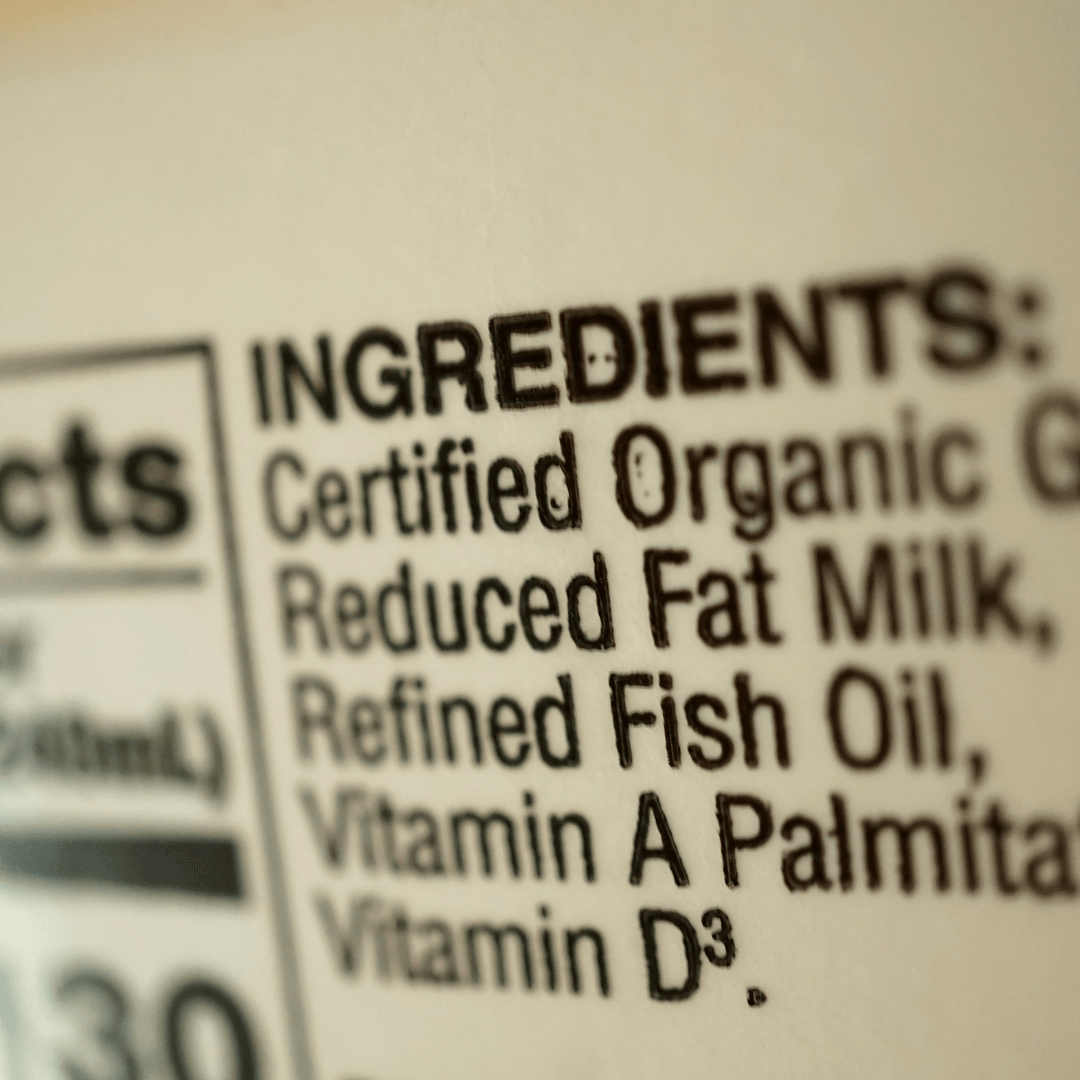The Psychology of Food Labels: How Marketing Shapes Our Choices
In today’s fast-paced world, food labels are one of the primary ways we interact with the food we buy. These labels provide crucial information, from nutritional content to expiry dates, but they’re also powerful marketing tools. In the UK, where food labelling standards are regulated by the Food Standards Agency (FSA) and other governing bodies, understanding the psychology behind these labels can help consumers make more informed choices.
The Role of Food Labels in Consumers Decision-Making
Food labels are designed to serve a dual purpose: to inform and to influence. Legally, they must include essential details such as:
- Ingredients list (with allergens highlighted)
- Nutritional information per 100g/ml and per serving
- Origin of the product (if required)
- Expiry date (“use by” or “best before”)
However, beyond these mandatory elements, brands use food labels as a means of persuasion. Eye-catching colours, attractive fonts, and persuasive claims like “low-fat” or “organic” can subtly nudge consumers toward a purchase.


Key Marketing Tactics in Food Labelling
- Health Halo Effects:
Many consumers are drawn to labels that feature terms like “natural,” “organic,” or “low-sugar.” While these claims may suggest health benefits, they can sometimes obscure the product’s overall nutritional profile. For example, a “low-fat” yoghurt might contain high levels of added sweetener to compensate for flavour loss. - Colour Psychology:
Colours play a significant role in shaping perceptions. In the UK, green is often associated with health and sustainability, while red can signify urgency or indulgence. Brands leverage these associations to create an emotional connection with the product. - Buzzwords and Claims:
Words like “high protein,” “gluten-free” and “vegan” carer to specific dietary trends. These terms often appeal to niche markets, but may also attract general consumers seeking to adopt healthier lifestyles. However, such labels can sometimes be misleading. For instance, “gluten-free” on naturally gluten-free products like rice adds no additional value. - Portion Distortion:
Nutritional information is often displayed as “per serving,” but the serving size might be unrealistically small. This tactic can make high-calorie or high-sugar products seem healthier than they are. For example, a single biscuit from a packet might appear low in sugar per serving, but consuming multiple servings quickly adds up. - Eco-Friendly Branding:
As sustainability becomes a priority for many shoppers, labels featuring terms like “fair trade,” “recyclable packaging,” and “carbon-neutral” are increasingly popular. While these claims are positive, they can sometimes distract from other less favourable aspects of the product, such as its nutritional content.
The Importance of Food Label Regulations in the UK
The UK’s food labelling regulations aim to protect consumers from false or misleading claims. For instance, any nutritional or health claims must comply with the EU Regulation on Nutrition and Health Claims, which is retained in the UK law post-Brexit. Key protections include:
- Strict Definitions: Terms like “high fibre” or “source of protein” can only be used if the product meets certain criteria.
- Allergen Declaration: Major allergens must be clearly listed and highlighted.
- Front-of-Pack Labelling: Many products in the UK feature traffic light labelling, which provides a quick overview of the product’s fat, sugar, salt, and calorie content. The colours green, amber and red help consumers assess nutritional value at a glance.
Despite these regulations, marketers continue to innovate ways to position their products as appealing without breaking the rules. Consumers must remain vigilant and critically assess claims.
How to Make Informed Choices
Understanding the psychology behind food labels can empower consumers to make better choices. One effective strategy is to carefully read the ingredients list, which is ordered by weight. If sugar or sweeteners are listed among the first few ingredients, the product might be less healthy than it seems. The UK’s traffic light system provides a quick and reliable way to gauge the fat, sugar, salt, and calorie content of a product. Prioritising items with more greens and ambers while avoiding excessive reds can make a significant difference.
Marketing buzzwords such as “natural” often lack regulated definitions in the UK, so it is wise not to rely solely on these claims. Instead, focus on the factual data provided on the packaging. Portion sizes also warrant close attention. By comparing the “per 100g/ml” data instead of the “per serving” information, consumers can make more accurate assessments and avoid the pitfalls of unrealistic serving sizes.
Finally, be mindful of visual cues such as colour, fonts, and images on packaging. These design elements are intentionally crafted to evoke emotions and shape perceptions, so approaching them with a critical eye can help reduce their influence on your purchasing decisions.


Conclusion
Food labels in the UK are more than just a source of information, they’re a sophisticated marketing tool designed to influence your choices. By understanding the psychological tactics at play and familiarising yourself with labelling regulations, you can become a more informed shopper. Ultimately, critical thinking and attention to detail can help you see beyond the marketing and make choices that truly align with your health and values.
Copyright © 2025 · Food Addiction UK


